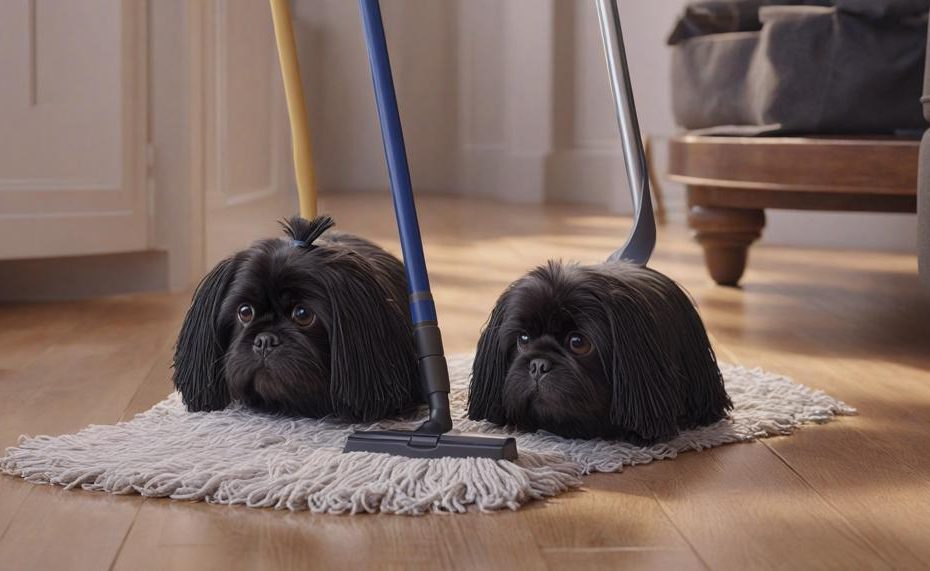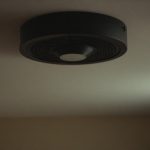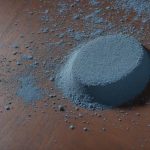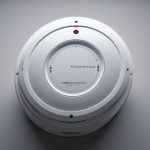Swiffers offer a modern, convenient solution for floor cleaning, combining sweeping and mopping in one tool and saving storage space. However, they come with drawbacks that may outweigh their benefits for some users. Swiffers, like the Sweeper and WetJet, require ongoing purchases of disposable pads and cleaning solutions, making them more expensive over time.
They also may struggle with larger dirt particles, often pushing them around instead of picking them up, and can damage delicate surfaces like marble. Traditional mops, although more cumbersome, provide durability and a cost-effective, thorough clean, especially for tougher spots that need scrubbing without risking equipment damage.
Key Takeaways:
- Convenience vs. Cost: Swiffers are easy to use and store but have ongoing costs due to refillable pads and solutions.
- Effectiveness: Traditional mops can handle tough spots and larger dirt better than Swiffers.
- Surface Suitability: Swiffers may not be ideal for delicate surfaces and can face issues like clogging or leaking.
- Durability: Swiffers can break under pressure, while mops are generally more robust.
Understanding these factors can help you choose the right tool for your cleaning needs.
Contents
- 1 Understanding the Differences between Mops and Swiffers
- 2 Effectiveness of Mops and Swiffers in Removing Dust and Dirt
- 3 Cost Comparison: Are Mops More Expensive Than Swiffers?
- 4 Maintenance and Durability: How Do Mops and Swiffers Compare?
- 5 Environmental Impacts: Which Option Is More Sustainable?
- 6 Convenience and Ease of Use: Mops vs. Swiffers
- 7 Choosing the Best Cleaning Tool for Your Home: Factors to Consider.
- 8 Conclusion
Understanding the Differences between Mops and Swiffers
The key differences between mops and Swiffers lie in their design, usage, maintenance, and cost. These differences significantly impact their effectiveness in various cleaning scenarios.
| Feature | Traditional Mops | Swiffers |
| Design | Larger heads, often with microfiber or sponge material. Typically have a stationary head. | Smaller, disposable pads. Pivoting heads for better maneuverability in tight spaces. |
| Usage | Ideal for deep cleaning. Can apply more pressure and use any cleaning solution. | Best for everyday dusting and small spills. Convenient for quick cleanups. |
| Maintenance | Requires periodic head replacements and thorough cleaning. Produces less waste. | Simple maintenance – change pads after each use. Produces more waste due to disposable pads. |
| Cost | Upfront cost comparable to Swiffers. More cost-effective in the long run. | Higher long-term cost due to regular need for replacement pads. |
Effectiveness in Cleaning
Traditional Mops:
- Deep Cleaning: They excel in deep cleaning due to their ability to handle more pressure and use various cleaning solutions.
- Cost Efficiency: Although they require more effort to maintain, traditional mops are generally more cost-effective over time.
Swiffers:
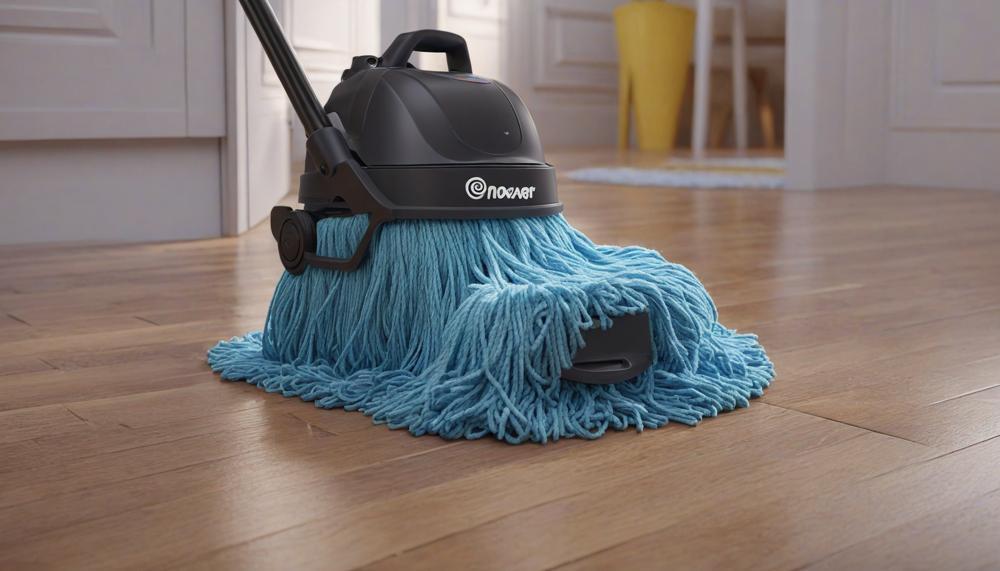
- Convenience: Swiffers are perfect for day-to-day cleaning tasks. Their small, pivoting heads make them highly maneuverable, ideal for reaching under furniture and into tight spaces.
- Ease of Use: The ease of changing disposable pads makes Swiffers user-friendly, though this convenience comes at a higher long-term cost and increased waste production.
Context and Considerations:
- Storage and Versatility: Swiffers often combine sweeping and mopping functionalities, simplifying storage needs.
- Surface Suitability: Swiffers may not be ideal for delicate surfaces like marble, and tough spots might challenge their durability.
Effectiveness of Mops and Swiffers in Removing Dust and Dirt
Both mops and Swiffers have their own unique advantages and disadvantages when it comes to removing dust and dirt. Below is a detailed comparison to help you understand which tool might be better suited for your cleaning needs.
| Criteria | Mops | Swiffers |
| Effectiveness | Great for deep cleaning, can scrub and remove stubborn dirt. | Effective for light cleaning, dusting, and hair removal using electrostatic cling. |
| Convenience | Requires water, soap, and wringing out, which can be cumbersome. | Easy to use with replaceable pads, suitable for quick clean-ups. |
| Cost | Lower long-term cost, especially if using a reusable mop head. | Higher long-term cost due to ongoing purchase of disposable pads. |
| Durability | Generally more durable, especially with proper maintenance. | Prone to breaking if too much force is applied; pads wear out quickly. |
| Environmental Impact | Reusable mop heads are eco-friendly. | Produces more waste due to disposable pads. |
| Storage | May take up more space, especially if using a bucket. | Sleek design allows for easy storage in small spaces. |
| Surface Compatibility | Best for tile, linoleum, and hardwood floors. | Versatile for both wet and dry surfaces, but less effective on large debris. |
Pros of Using a Mop:
- Deep Cleaning: Mops are excellent for scrubbing and removing tough dirt and stains.
- Cost-Effective: Lower long-term cost, particularly with reusable mop heads.
- Durability: Generally more robust and long-lasting with proper care.
- Eco-Friendly: Reusable mop heads minimize waste.
Cons of Using a Mop:
- Inconvenience: Requires water, detergent, and sometimes a bucket, making it more cumbersome.
- Storage: Takes up more space, especially with accompanying cleaning supplies.
Pros of Using a Swiffer:
- Convenience: Easy to use, quick setup with disposable pads.
- Dust and Hair Removal: Uses electrostatic cling to effectively capture dust and hair.
- Storage: Compact and easy to store in small spaces.
- Versatility: Can be used for both wet and dry cleaning tasks.
Cons of Using a Swiffer:
- Cost: Higher long-term expenses due to the need for regular pad replacements.
- Durability: The mop handle may break if excessive force is applied.
- Limited Capacity: Not suitable for picking up larger dirt particles or heavy debris.
- Environmental Impact: Generates more waste with disposable pads.
Cost Comparison: Are Mops More Expensive Than Swiffers?
The short answer is no, mops are not more expensive than Swiffers. In fact, mops, particularly microfiber mops, are generally more cost-effective in the long run. Here’s a detailed breakdown:
| Aspect | Microfiber Mop | Swiffer |
| Initial Cost | £15-£30 | £10-£20 |
| Replacement Frequency | 1-2 years | Monthly |
| Replacement Cost | £5-£10 (pads) | £8-£12 (refills) |
| Annual Cost | £5-£10 | £96-£144 |
| Environmental Impact | Lower | Higher |
Analysis:
- Initial Cost: Swiffers might seem cheaper initially, but this is misleading when considering long-term expenses.
- Replacement Frequency: Microfiber mops can last up to two years with proper care, whereas Swiffer pads need frequent replacing, sometimes every month.
- Annual Cost: While the initial purchase of a Swiffer might be less, the continuous need for refills adds up quickly. Microfiber mop replacements are minimal and infrequent.
- Environmental Impact: Microfiber mops produce less waste, as their reusable pads reduce plastic waste significantly compared to the disposable nature of Swiffer pads.
Microfiber mops, therefore, present a more cost-effective and environmentally friendly choice. Over time, their lower maintenance and replacement costs make them a smarter investment for home cleaning.
Maintenance and Durability: How Do Mops and Swiffers Compare?
When comparing the maintenance and durability of mops and Swiffers, several critical factors should be considered to determine which option best suits your cleaning needs. Here’s a breakdown of the key points:
| Factor | Mops | Swiffers |
| Maintenance |
|
|
| Durability |
|
|
| Cost |
|
|
| Environmental Impact |
|
|
| Effectiveness |
|
|
Environmental Impacts: Which Option Is More Sustainable?
When comparing mops and Swiffers, it’s essential to consider their environmental impacts. Here’s a detailed analysis of waste, energy consumption, and overall environmental impact:
Waste
| Aspect | Mop | Swiffer |
| Material | Reusable mop head, typically cotton or microfiber, can last for years. | Single-use polyester cloths, not biodegradable. |
| Waste Generation | Minimal waste; mop heads are washed and reused. | Significant waste; disposable cloths are used once and discarded. |
Energy Consumption
| Aspect | Mop | Swiffer |
| Production | Energy-intensive to produce durable mop heads, but infrequent replacements. | Continuous energy use in manufacturing disposable cloths and plastic components. |
| Usage | No additional energy required; only physical effort. | Battery-operated Swiffers consume energy, and chemical solutions may have environmental costs. |
Overall Environmental Impact
| Aspect | Mop | Swiffer |
| Biodegradability | High; natural fibers decompose. | Low; synthetic materials persist in the environment. |
| Cleaning Solutions | Can use eco-friendly, homemade solutions. | Typically chemical-based, which can be harmful over time. |
Convenience and Ease of Use: Mops vs. Swiffers
The short answer is the Swiffer offers more convenience and ease of use compared to a traditional mop.
Swiffers are designed for simplicity. They are lightweight and come with pre-moistened cleaning pads, eliminating the need for a bucket of water. This makes them highly manoeuvrable, allowing users to clean tight spaces and corners effortlessly. On the other hand, traditional mops require more physical effort, including wringing out the mop head and lugging around a water-filled bucket.
| Feature | Traditional Mop | Swiffer |
| Weight | Heavy, especially when wet | Lightweight |
| Manoeuvrability | Challenging in tight spaces | Easy to manoeuvre |
| Setup Time | Requires filling a bucket, mixing cleaning solution | Ready to use with disposable pads |
| Effort Required | High (wringing, carrying bucket) | Low (simple sweeping motion) |
| Storage | Needs space for bucket and mop | Compact and easy to store |
For those seeking a hassle-free cleaning experience, Swiffers are the superior choice. They simplify the cleaning process, reducing the physical strain and time involved. While traditional mops might be more sustainable with reusable heads, the convenience of Swiffers makes them a popular option for quick and efficient cleaning.
Choosing the Best Cleaning Tool for Your Home: Factors to Consider.
When choosing between a mop and a Swiffer for cleaning your home, consider the following factors:
| Factor | Mop | Swiffer |
| Type of Cleaning | Best for deep cleaning due to the use of water and cleaning solutions. | Ideal for quick and easy cleaning, using electrostatic charging to pick up dust and light debris. |
| Flooring Type | Works well on a variety of surfaces, especially tiles and hardwood that need thorough washing. | Suitable for light cleaning on hardwood, laminate, and tile floors, but not for heavy grime. |
| Cost | Higher initial cost but more cost-effective over time due to reusable mop heads. | Lower initial cost but ongoing expenses due to disposable pads. |
| Maintenance | Requires more maintenance (cleaning the mop head, drying it properly). | Minimal maintenance; just replace the pads as needed. |
| Environmental Impact | More sustainable with reusable mop heads, less waste produced. | Less environmentally friendly due to disposable pads. |
| Convenience | Heavier and bulkier, requiring water and solution mixing. | Lighter, easier to use, and more convenient for quick clean-ups. |
| Area Size | Better for larger areas that need a thorough cleaning. | Best for smaller areas or quick touch-ups. |
| Level of Dirt | Effective on heavy dirt and grime. | Effective on light dirt and dust. |
| Frequency of Use | Ideal for less frequent, deep cleaning sessions. | Perfect for daily or frequent light cleaning. |
Choosing the right tool depends on your specific cleaning needs, the type of flooring in your home, and how frequently you clean.
Conclusion
Choosing between a mop and a Swiffer boils down to weighing convenience against effectiveness and long-term costs. Swiffers shine with their lightweight, user-friendly design, perfect for quick clean-ups and daily maintenance. Their pivoting heads easily maneuver around furniture, making them ideal for small spaces and touch-ups. However, the convenience comes at a price. The need for disposable pads and specialized cleaning solutions means higher recurring expenses and more environmental waste.
On the other hand, traditional mops excel in deep cleaning. They handle tough spots and larger dirt particles more effectively and are gentle on delicate surfaces like marble. Although mops can be bulkier and require more effort to use, they are generally more durable and cost-effective over time. Microfiber mop heads, for instance, can be reused for years, significantly reducing waste and long-term costs.
For a thorough cleaning routine, consider a hybrid approach: use a Swiffer for daily dusting and a mop for more intensive weekly or monthly cleanings.
